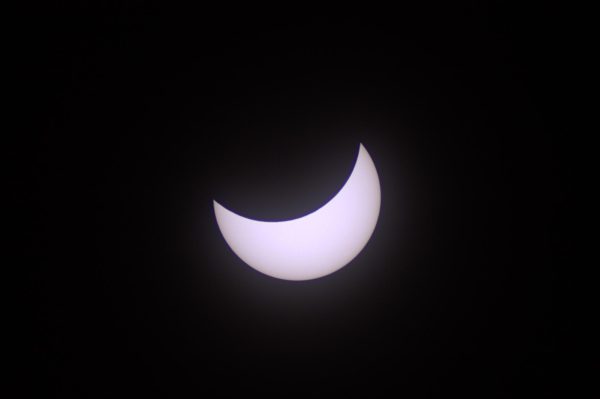Omicron Variant
January 5, 2022
The Omicron variant of SARS-CoV-2, or Coronavirus-19, had its first confirmed case in the United States on December 1, 2021. It was initially identified in the world on November 11th in Botswana and November 14th in South Africa. On November 26th the World Health Organization (WHO) classified the Omicron variant as a Variant of Concern (VOC), this was two days after it was first reported to the WHO.
It is common for viruses to mutate and form variants, as the Coronavirus has with many variants, including the Omicron variant. The flu disease mutates each year and that is the reason that a new flu vaccine has to be created each year. Mutations and variants are not new concepts, and are very common in viruses, so it is not unforeseen that the Coronavirus is developing these mutations and variants.
“It’s too early to be able to determine the precise severity of disease but inklings that we are getting, and we must remember these are still in the form of anecdotal,” said Chief Medical Advisor, Dr. Fauci, during a White House briefing on December 7th. “But it appears that with the cases that are seen, we are not seeing a very severe profile of disease.”
That said, the Omicron variant has been shown to spread more easily than the original virus, as reported by the Centers for Disease Control and Prevention (CDC). The CDC website will be updated as more information is found in research. The website additionally has other resources such as a map of the states that the new variant has been detected in.
